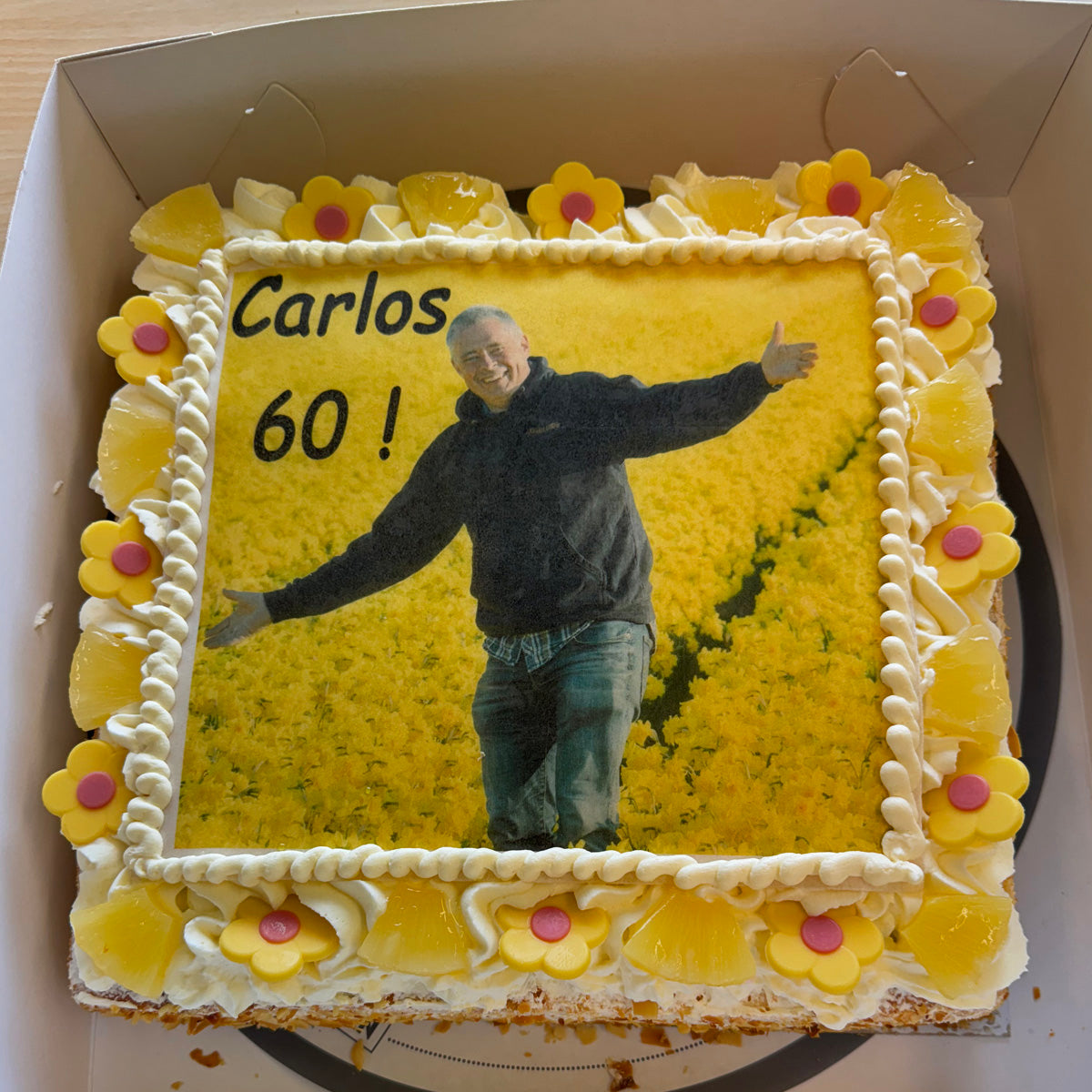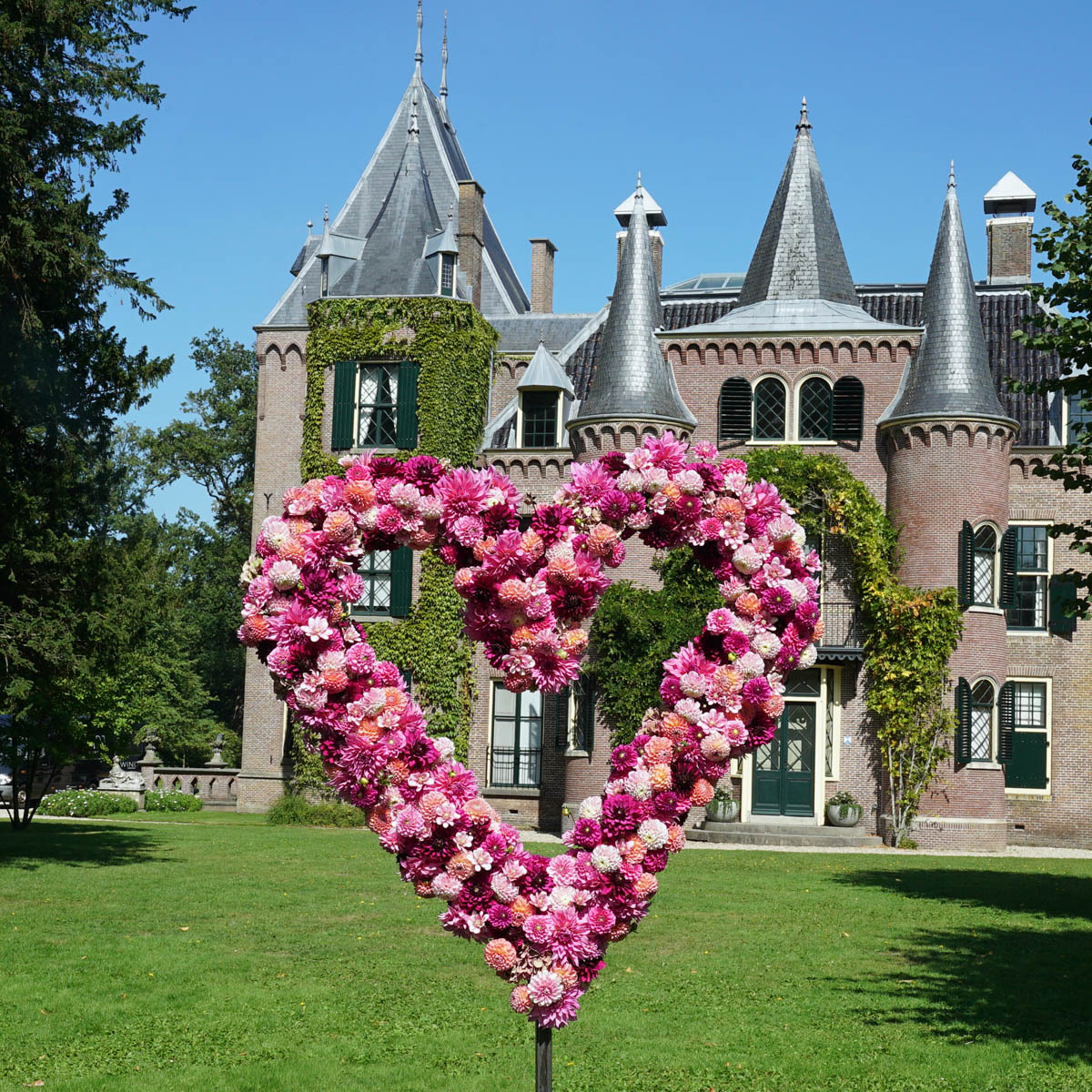It's the flowers that brought us together, but it's the people that keep us coming back
Good morning everyone, as you know spring is the busiest time of the year for Carlos, so it’s my turn again to tell a story. “I” in this case refers to Vlad, I am a “new” face at Fluwel, but I am already starting to discover many different sides of the company. For example, last week was the World Daffodil Tour, which you could read about in previous newsletters. For me this was a good moment to meet many familiar Fluwel customers and friends, and also a lot of new people!  Group photo in the daffodil field of Flying Colours
Group photo in the daffodil field of Flying Colours
The World Daffodil Tour has been organized for decades now. For some true enthusiasts it is a well-known trip, but for many people, especially those who are not members of a gardening association, have never heard of it. The World Daffodil Tour has a fixed rotation of countries that are visited. It is organized every four years, starting in New Zealand, then four years later in the US, then to Australia, and then Europe: the Netherlands and the United Kingdom and Ireland. During the Tour all kinds of different activities are organized: visiting large growers, getting guided tours of barns from which a lot is exported, and information about how flower bulb cultivation works in that country, but the most important thing is of course without any doubt seeing all the daffodils (and other flowers!) that are in bloom at that moment in the country that is visited.
There are still enough people who only think of the large, yellow flowers that actually belong at the Easter table when they think of the daffodil. It is surprising to many that there are currently more than 33,000 types of daffodils, which are divided into 13 different divisions. The divisions are to group flowers with different properties together, and it was nice to see that the visitors of the Tour who knew exactly how that was were explaining it to the 'normal' enthusiasts.
This year it was partly up to Fluwel to organise the World Daffodil Tour. Carlos worked in the Netherlands with his good friend Eric Breed from BreedBulbs. After that a group of people went on to the Irish part of the Tour, organised by Esker Farm Daffodils in Northern Ireland. In the Netherlands we had almost 90 participants, many of whom had heard about the Tour through our newsletter. It was great to see that people wanted to come along on this trip just because of that. Because we only had three days the programme was quite full, as you may remember from an earlier news blog.
 A Triandrus hybrid (Division 5) at Carlos's field
A Triandrus hybrid (Division 5) at Carlos's field The largest daffodil I have ever seen. The Godfather can reach a diameter of 16 centimeters
The largest daffodil I have ever seen. The Godfather can reach a diameter of 16 centimetersWe started the first day of the program with a visit to Fluwel, where Carlos could show his own company. Here we paid special attention to special seedlings, not yet registered varieties, and other things that are not yet in production and that participants have therefore never been able to see before. Many of them were made by Carlos or his father. There are more than 2000 varieties of daffodils in this collection. We then had lunch at Land van Fluwel, the activity and experience park of Fluwel. After that we could continue for the rest of the day.
 The purplest hyacinth I've ever seen
The purplest hyacinth I've ever seenAfter lunch we went to Jan Pennings. He grows a lot of different daffodils and has a huge company. The last stop of the day was the Floratuin in Julianadorp, after which we could end the day and all had dinner at the Hotel. On the first evening Carlos gave a presentation about what the daffodil means to him and what it has brought to his life. He told a lot about the people who helped him get to where he is now, and the participants also had the chance to get to know the person who writes the blog they read every week a little better.
 Black Beauty, a hybrid from 1955
Black Beauty, a hybrid from 1955The second day was a bit less intensive, but no less full of daffodils. We have now visited Eric Breed, who lives in Lisse. Eric's collection is always impressive, he simply has so many bulbs that it is always bizarre to see. What does a man like that need all those flowers for, you think, but he can recognize them all by the flower alone. I have received some of the most beautiful tulips I have from Eric, actually that is the flower he knows the most about, but I have to be honest: he is actually familiar with every flower there is. At least that is how it seems to me.
 A beautiful poet in Eric's garden
A beautiful poet in Eric's gardenAfter this first visit we went to Hein Meeuwissen, another big name in this world. Hein grows different types of flower bulbs, including a large collection of Rhodohypoxis. These are flowers that originally come from South Africa. But of course Hein also has a huge number of daffodils, including many older varieties. Many of them were registered before 1940. Hein also organised a fantastic lunch in his barn afterwards, which certainly did us good, because the weather was not really cooperating that day. But many of our visitors had already told us that for them a visit to the Netherlands is not complete without a day of really bad weather, so we did not let that discourage us. We ended the day at the Keukenhof. Of course you should not miss this if you take the time to visit the Netherlands at this time of year.
 Carlos gives a brief introduction to the Hortus Bulborum
Carlos gives a brief introduction to the Hortus BulborumThe third and final day of the program was a great ending to this Tour. I really felt like we were all on a historical trip. We started the day at the Hortus Bulborum in Limmen. This is an important place, because many older species are still preserved here and can still be seen by visitors. Many of these species are no longer used for large-scale cultivation. Some can be traced back to the 16th century – a very long time ago. Institutes like the Hortus are incredibly important to the flower bulb world, so we were happy to be able to show this to our visitors. If you are visiting this side of the country, you should definitely not miss the Hortus.
 Early Louisiana jonquil hybrid, division 7, recorded 1612
Early Louisiana jonquil hybrid, division 7, recorded 1612And then a bit of history of this wonderful trip: when we went to lunch in Egmond, there was a chapel completely filled with Daffodils for a show that was going to be held that weekend. I had never seen anything like it: we walked in and everyone was absolutely speechless, the space was so beautifully decorated and furnished. Michiel de Waard from Flying Colours and his colleagues worked incredibly hard on it, and showed over a hundred varieties this weekend, which of course they all planted last autumn – that's the great thing about gardening, that you know how much preparation goes into such a show.
 One of the many beautiful displays at the chapel in Egmond
One of the many beautiful displays at the chapel in EgmondThe way the displays were put together was truly stunning to see. The flowers were still so fresh, all the colours matched, the sun seemed to hit the church just right – it was all like something out of a movie, everyone was speechless. I wish I could give you the exact feeling we had when we entered the room, but that seems like an almost impossible task. Michiel explained a bit more about how they managed to do this: the room was kept at 2 degrees Celsius for as long as possible, and for some varieties for almost six weeks. Michiel is incredibly good at getting varieties to flower at the right time and he also works with Harold Koopowtiz, a legend in the Daffodil world for that same skill. I really think this is the part that everyone will remember, if I had to choose one.
 Here you see how we have the time of our lives in the chapel in Egmond
Here you see how we have the time of our lives in the chapel in EgmondAs you can see, we had an amazing trip. I feel like I could type another three pages about what we saw this week, and I would like to personally thank everyone who was there for coming. Without you, we could not have made it such a wonderful trip. Really, it was amazing to see all the flower lovers from all over the world come together and get to know each other and help brush up on their knowledge about the Daffodil. Also, a big thank you to Pien and Carlos van der Veek, Eric Breed, and the ladies from Van der Valk's travel planning. Everyone worked hard to make the Tour a success, and I hope you enjoyed it as much as I did!
Warm regards,
Vlad
 The best comes last: the cake! Beautiful, isn’t it?
The best comes last: the cake! Beautiful, isn’t it?

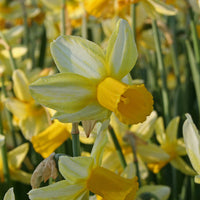



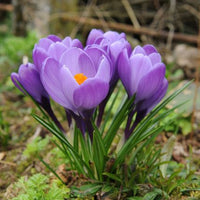



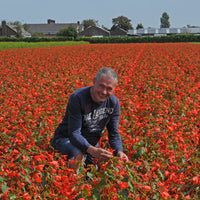
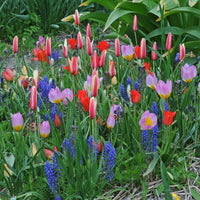


 Deutsch
Deutsch English
English